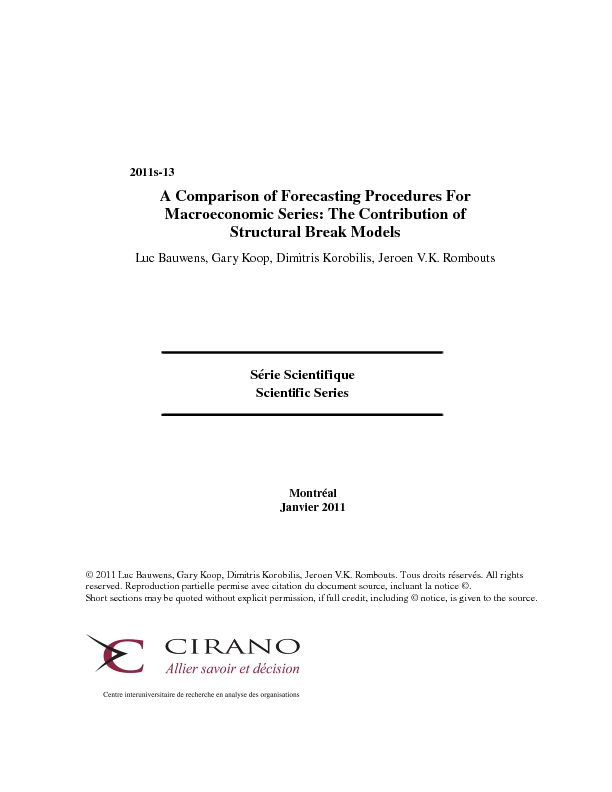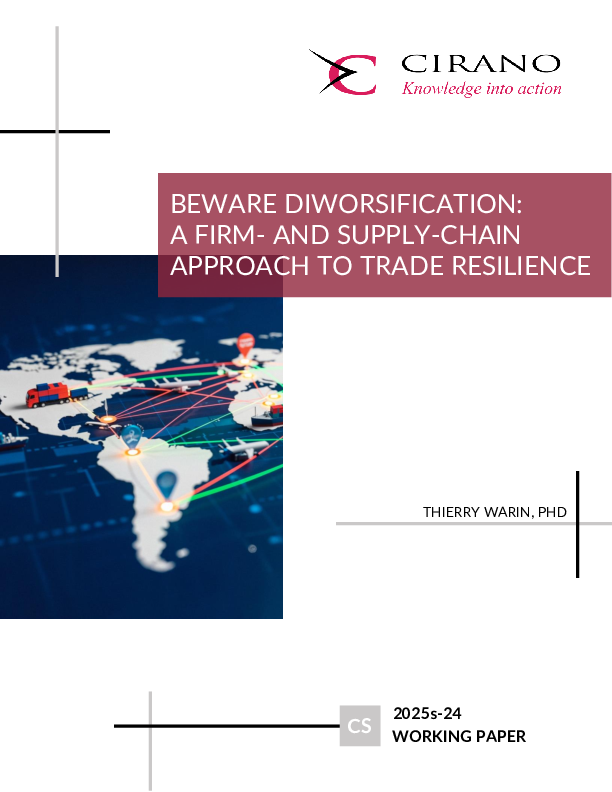A Comparison of Forecasting Procedures For Macroeconomic Series: The Contribution of Structural Break Models
This paper compares the forecasting performance of different models which have been proposed for forecasting in the presence of structural breaks. These models differ in their treatment of the break process, the parameters defining the model which applies in each regime and the out-of-sample probability of a break occurring. In an extensive empirical evaluation involving many important macroeconomic time series, we demonstrate the presence of structural breaks and their importance for forecasting in the vast majority of cases. However, we find no single forecasting model consistently works best in the presence of structural breaks. In many cases, the formal modeling of the break process is important in achieving good forecast performance. However, there are also many cases where simple, rolling OLS forecasts perform well.
[ - ]




